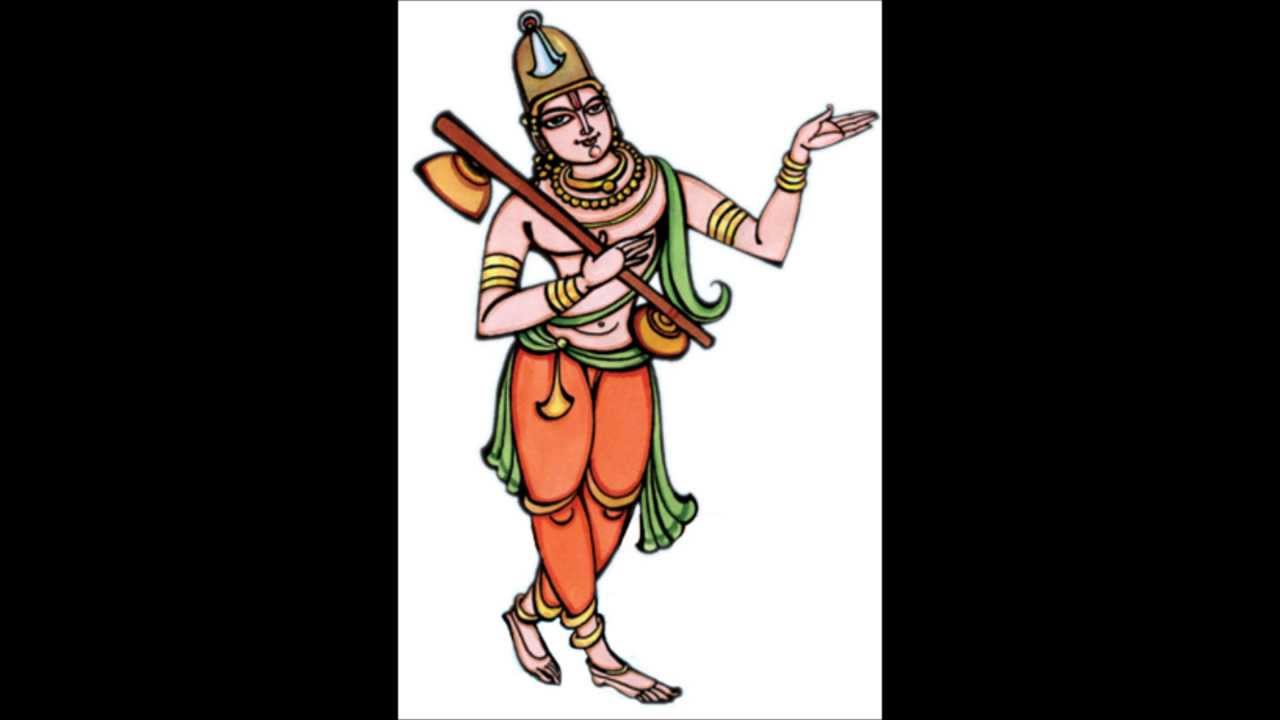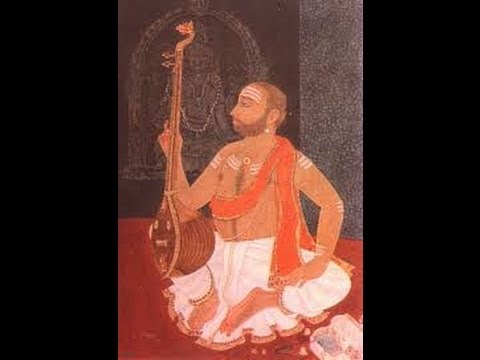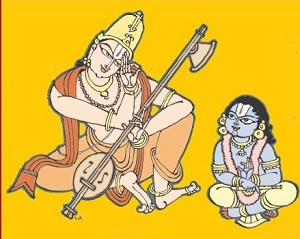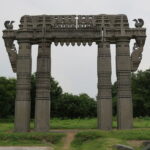A recent article by an 30-Something Indian yuppie bemoaned the lack of cultural originality in India “beyond bollywood”. Ostensibly, Tollywood since the late 90s can be seen as a provincial version of its Mumbai cousin (with occasional flashes of brilliance). But is this presumed lack of anything beyond Bollywood a result of absence or awareness?
What’s more, a generation of Telugu speakers (and other Indians) have now grown up with Ross and Rachel as their role models instead of Rama and Sita. This is the cost of neglecting one’s own high culture, which nourishes the soul through aspirational figures and timeless civilizational values communicated through sophisticated literature, dance, music, art, architecture, and cuisine.
The Andhra Cultural Portal was established because pop culture (Bolly & Tollywood) cannot take the place of High Culture (Kavitvam, Sangeeta, Natya, etc) and because Indians of all backgrounds are increasingly alienated from their own transcendent cultural heritage and utterly unaware of its unmatched accomplishment.
High Culture is also important precisely because the central clash between India and Pakistan, in some ways, isn’t even about religion. Rather, it is underscored by the emphasis of Persianized culture vs Sanskrit culture. People like Owaisi lie about nothing existing here before the Sultans/Mughals because willful ignorance serves their cause (because if they claim persianized Turks gave India its culture, fundoos like him can claim to rule Hyderabad State (oops, sorry, “Telangana”) and India itself).
But deep down, even they know that their lies are precisely that—baldfaced lies. While they may even believe it, fortunately the APJ Abdul Kalams of this world know better. Despite being an observant Muslim, former President Kalam is an avid connoisseur of not only his regional Tamil culture, but the national Sanskritic high culture and its epics. Sanskrit high culture is verily the bedrock of Indian civilization. Sanskrit as a language truly has no equal, as computer scientists and even Colonial era Europeans have waxed eloquent over it. It is this very language of the Gods that has enriched our own Telugu.
And yet, this same bollywood/Delhiite delusion about culture has infected our misguided Telangana Movement brethren who feel the need to celebrate the Nizam to justify their invented identity. See how the fundoo Owaisis are already claiming that Urdu should take Telugu’s place as the official language of Telangana state. By KCR’s logic about a sprinkling of Urdu words in their dialect of Telugu justifying a new state, can’t other regions claim a new state because they have more English words?
Telangi and Telangana aren’t even the names we gave ourselves, the names we gave ourselves are Andhra and Andhra (pra)desh. Simply put, if you don’t know where you are from, you don’t know where you are going. Indians are not Persian and are not from Persia. We need not look like them merely because bollywood or fair and lovely tells us (please ditch the fairness creams, people). And we certainly need not look to them for our culture (or to get a certificate from the Manmohan Singh/Akbar Owaisi university of Secularism), when our own high culture is peerless.
Can this sophistry about India being a land of immigrants really be the notions of high culture that we teach ourselves and our children? Read the text, while he speaks of Sanskrit as a language of science or even occasionally literature, it’s quite clear his goal is to push only Urdu as the literary tradition of choice, particularly for romance and poetry. Kalidasa is mentioned only to preemptively occupy the space, so that bollywood will continue to privilege the Shayari over the Shloka.
While there’s nothing wrong in appreciating a bollywood urdu shayari (though I personally prefer Kalidasa to Ghalib) , we must also take the time to learn about Sanskrit slokas and Telugu prabandhas. All things must be taken according to measure. While it is a sign of maturity when a Civilization can be open-minded to imported ideas (or syncretic traditions in Urdu’s case), India is the only country that privileges all things foreign (or foreign derived) above the native. This must cease henceforth.
Even more dangerous, Pakistanis and their KCRs (oops, I mean Gunga Dins) on the Indian side of Wagah, have even been digesting native Indic high culture as their own. It’s one thing to stake claim to Biryani and Qawwali (which are certainly imports, no denialism here….)—but quite another to take Tandoori (the Tandoor is native to Rajasthan) and Classical Indian/Music and Dance. They masquerade as though the Natya Sastra did not exist or Classical traditions did not exist prior to Hindustani and Kathak (themselves primarily based on the Natya Sastra only tweaked to Mughal tastes). For God’s sake, some are even claiming traditional Bengali Sweets as “Mughlai”! You may now ask, “have they no shame?”, but the question really is, “don’t we?”
That is the importance of documenting , propagating, and celebrating one’s own high culture. If we don’t clarify mistakes, if we don’t disprove propaganda, if we don’t perpetuate our own glorious high culture, someone else will deconstruct and digest our own culture whilst disparaging us. Before you laugh, let us not forget how the nefarious Nazis appropriated our Symbols (Swastika) and even our name for our Dharma (“Arya Dharma”) tragically perverting the meaning and auspiciousness of both. Language truly is culture.
Appreciating Urdu does not mean pigeonholding Sanskrit or deriding Telugu. Diversity does not mean diluting one’s own culture. Cosmopolitanism does not mean negating one’s true identity, and Secularism certainly does not mean forgetting who we really are.
By all means, let Indians unite and allow both Majority and Minority to celebrate their respective traditions—but in fair and accurate measure. Enjoy your biryani and watch your bollywood, but also celebrate your own pulihora and Thyagaraja kirtanas. India is the home of Dharmic civilization—let us not forget this.
Above all, High Culture transmits Values. What are the principles that we must govern ourselves by? Who are the examples we must aspire towards? Whatever the laws may be, what moral code should guide our personal/private conduct? That is why it must be preserved at all costs. After all, Modernizing does not mean Westernizing and Globalizing does not mean De-localizing, because if you’re from Everywhere, you’re from Nowhere.
Even the very British emigrant to America Christopher Hitchens recognized this when he said, “Globalization is only really interesting if we all bring something different”.
So tell me my dear reader, do you know what we as Andhras and Indians bring?










Wonderful post and pictures, Nripathi!
mana telugu thanam uttipadthundi
It reflects our telugu culture and the need to renew it.
good quotes